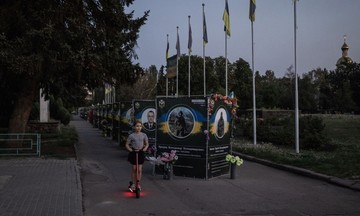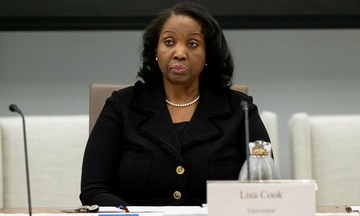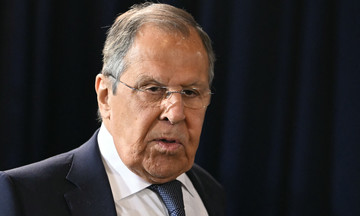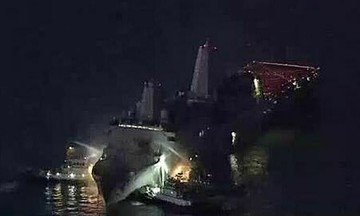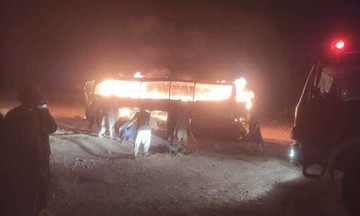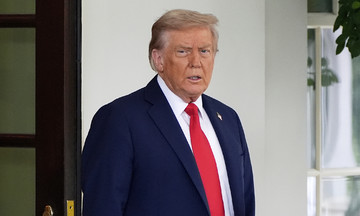En route to the Alaska summit with Russian President Vladimir Putin on 15/8, US President Donald Trump declared his primary goal was to achieve a ceasefire in the Ukraine conflict. He expressed disappointment if this didn't happen and warned of "serious consequences" if Moscow rejected the proposal.
An immediate ceasefire was seen as the quickest way for Russia and Ukraine to halt fighting and freeze the conflict while negotiating a lasting peace. This option, supported by Ukraine and Europe, aligned with Trump's aim for a swift end to the bloodshed.
However, after three hours of closed-door talks with Putin, Trump abruptly changed his stance. He posted online that "the best way to end the horrific conflict between Russia and Ukraine is to reach a peace agreement, not just a simple ceasefire which is often hard to maintain",.
This implies the Ukraine conflict won't end soon, pending peace negotiations which could take months even under favorable conditions. Trump's sudden shift sparked concern in Kyiv and across Europe.
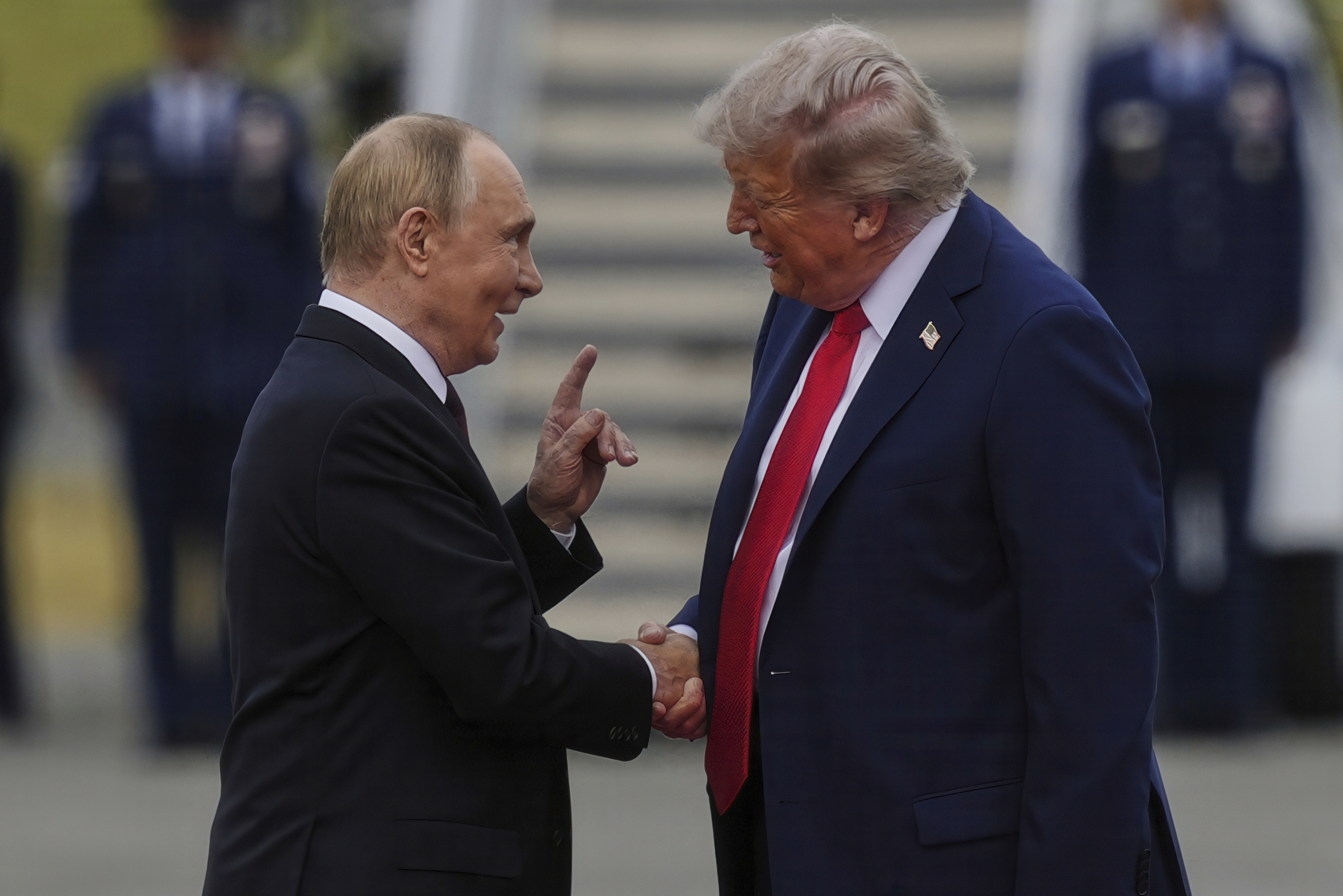 |
US President Donald Trump (right) and Russian President Vladimir Putin in Alaska on 15/8. Photo: AP |
US President Donald Trump (right) and Russian President Vladimir Putin in Alaska on 15/8. Photo: AP
Trump's new position aligns more closely with Russia's stance. Months earlier, when Trump first called for a ceasefire, Putin publicly opposed it. The Kremlin insisted on a ceasefire only after a comprehensive agreement addressing Moscow's interests and resolving the conflict's root causes.
This led Trump to publicly criticize and express disappointment with the Russian leader, even issuing a 50-day ultimatum and threatening sanctions against Moscow and its oil buyers.
Trump's recent strong words led many to believe he would pressure Putin in Alaska to quickly end the conflict. Instead, he gave Putin a warm welcome, even sharing a ride on the presidential limousine, "The Beast", to the meeting venue.
Observers suggest Trump's post-summit statements indicate he sided with Putin on the key issue: whether to pursue an immediate ceasefire or allow negotiations for a comprehensive peace treaty while fighting continues.
Ukraine desires an immediate ceasefire for several reasons. Since the conflict erupted in 2/2022, Ukraine has seen no peace, welcoming any pause in fighting.
Even during the Alaska summit, Russia continued attacking Ukrainian targets, both on the ground in the east and with drone and missile strikes across the country, straining Kyiv's defenses as its air defense missiles and weapons dwindle.
"Our view is ceasefire first, then everything else. If we negotiate before a ceasefire, it poses significant risks for Ukraine. A ceasefire would create space for dialogue", Serhiy Leshchenko, an advisor to President Zelensky, said.
Ukraine also fears that without an immediate ceasefire, Russia will prolong negotiations while advancing militarily, seeking maximum leverage to force Kyiv into concessions.
According to Ukrainian leaders, Putin believes time is on Russia's side, and its military will fight until it achieves its battlefield objectives or forces Kyiv to yield.
Observers believe Trump's reversal could give Putin and Russian forces more time to pursue their goals through military pressure.
"If Putin's goal was to avoid committing to an immediate halt to his offensive in Ukraine, he appears to have succeeded", Matthew Savill, director of military sciences at the Royal United Services Institute (RUSI), said.
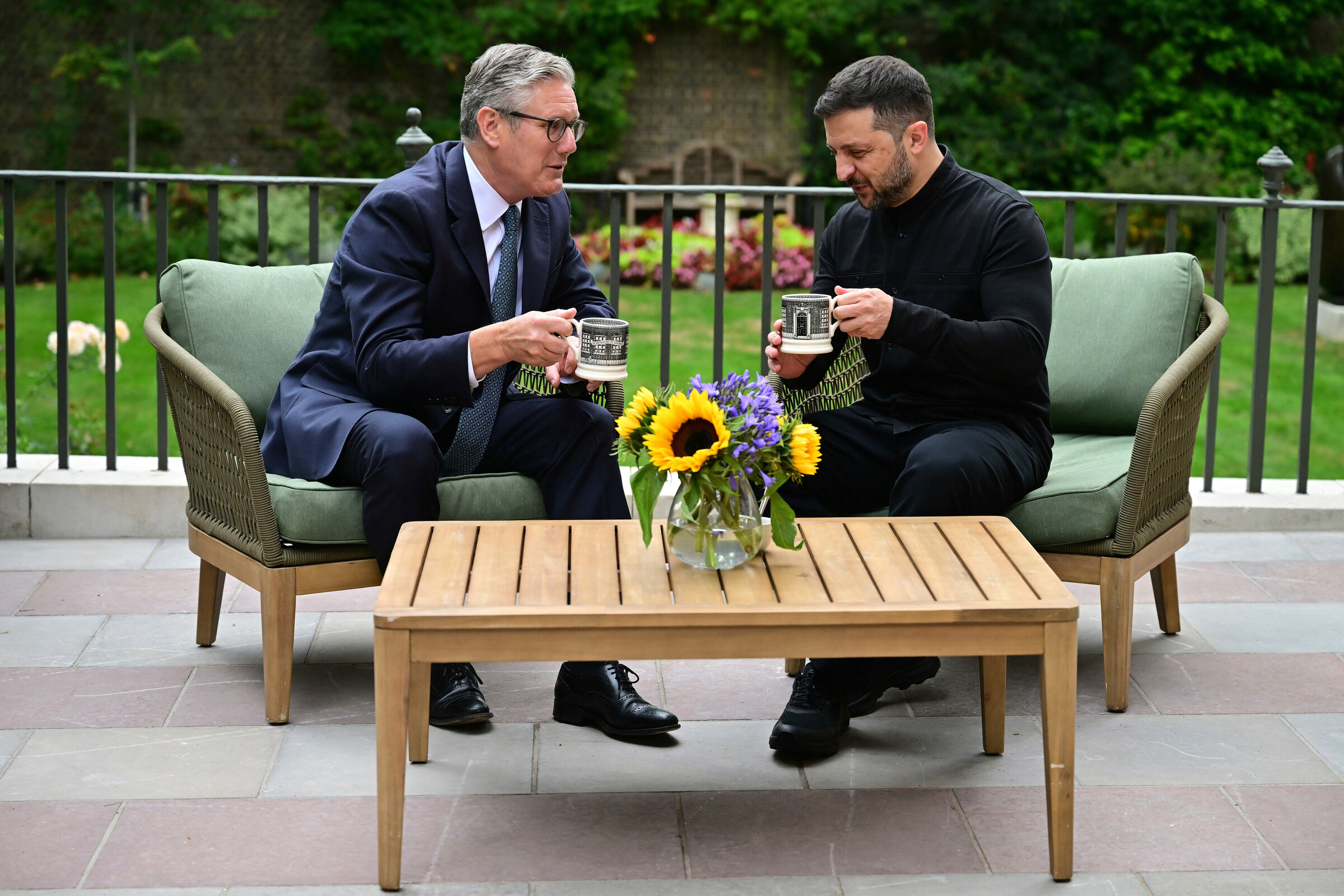 |
British Prime Minister Keir Starmer (left) talks with Ukrainian President Volodymyr Zelensky at 10 Downing Street, London, on 14/8. Photo: AP |
British Prime Minister Keir Starmer (left) talks with Ukrainian President Volodymyr Zelensky at 10 Downing Street, London, on 14/8. Photo: AP
The Alaska summit is also considered a diplomatic win for Putin, allowing him back onto the international political stage, facing the US President as an equal, despite over three years of Western efforts to isolate Russia. Furthermore, the threat of sanctions against Russia is delayed, with Trump stating now is not the time to consider them.
All this raises questions about what awaits Zelensky at the White House on 18/8, when he and several top European leaders meet with Trump.
Zelensky's last White House visit on 28/2 resulted in a heated exchange with Trump and Vice President JD Vance. On camera, Trump told Zelensky he "didn't have the upper hand" and advised him to make concessions to Russia to avoid "total destruction" of his country.
Since that diplomatic disaster, Zelensky and Ukraine have worked to rebuild relations with the Trump administration, seemingly with some success. Ukraine has consistently praised Trump's peace efforts. When Trump pushed for a deal giving the US access to Ukraine's valuable minerals, Kyiv agreed.
However, the Alaska summit appears to have dashed Ukrainian and European hopes that Trump would side with them to exert significant pressure on Russia.
"The meeting between Zelensky and Trump at the White House will be an opportunity for Ukraine to clarify the US position, to see if they can continue to hope for an immediate ceasefire or prepare for the arduous process of negotiating a peace agreement", NPR commentator Greg Myre said.
Thuy Lam (According to NPR, Washington Post, BBC)






